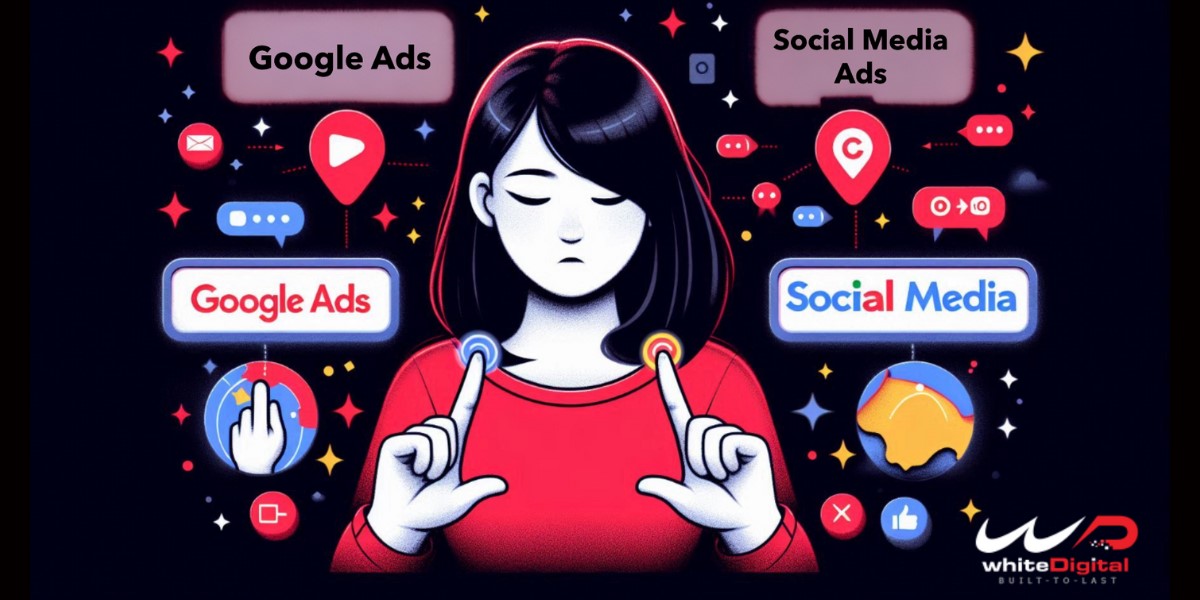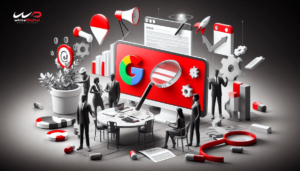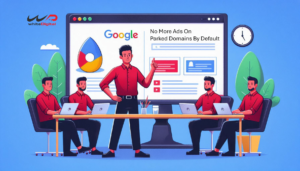In this evolving digital marketing world, agencies are searching for methods that are more effective in reaching out to audiences for their clients. Among the sea of options, Google Ads and Social Media Ads stand out as two of the most prominent and widely used advertising platforms.
In this blog, we will be looking into the key differences, advantages, and limitations of Google Ads and Social Media Ads, helping businesses make informed decisions about where to allocate their advertising budgets.
Google Ads: The Power of Search and Display
Overview
The Google network has millions of websites, apps, and others to display your client ads. As you already know, Google Ads work based on a pay-per-click (PPC) basis, meaning advertisers pay when users click on their ads.
Now that you have grabbed an idea of what Google Ads are, let us learn the advantages of using Google Ads.
Pros of using Google Ads
- Intent-driven targeting – This helps reach the right audience based on search queries and behaviors. This will let you make sure the ads reach the right ones. This approach enhances relevance and increases the likelihood of conversions by aligning ads with user intent.
- Wider reach throughout the platform – Google Ads gives your client’s ads better reach displaying them across its vast network that includes search results, websites, and apps allowing your client’s business reach globally.
- Various ad formats – You might have already known this, Google Ads provides various ad formats that include search ads, display ads, video ads, and shopping ads. This will allow advertisers to choose the best format for their clients.
- Performance tracking – It offers robust performance-tracking tools that let advertisers monitor the various metrics including clicks, conversions, and ROI in real time. This approach lets you optimize campaigns for better results and more efficient budget allocation.
- Location targeting – This allows advertisers to focus their campaigns on specific geographic areas, reaching users based on their location or the locations they’re interested in.
Cons of using Google Ads
- Cost – This is based on your client’s industry and the competitive keywords that can cost you more.
- Steep learning curve – Google Ads can present a steep learning curve due to its complex interface and numerous features, requiring time and effort to master. New users may find it challenging to navigate the intricacies of campaign setup, optimization, and performance analysis effectively.
- Limited visual creativity – There are limits when it comes to visual creativity, particularly when it is text-based search ads. There won’t be any advanced design elements to make it unique.
Social Media Ads: The Art of Engagement and Targeting
Overview
Social Media Ads include advertisements placed on platforms such as Facebook, Instagram, Twitter, LinkedIn, and other platforms similar to these.
Social Media Ads come in various formats, including images, videos, and carousel posts, designed to drive engagement, website traffic, or conversions. Advertisers can use sophisticated targeting options to reach specific audiences, optimize budgets, and measure performance through metrics like clicks, impressions, and conversions.
Social media ads are effective for brand awareness, lead generation, and sales, offering a cost-efficient way to reach large and diverse audiences with tailored messages and creative content.
Pros of Social Media Ads
- Advanced Targeting Options –Social media platforms offer advanced targeting options that allow advertisers to reach specific audiences based on a wide range of criteria. These criteria include Demographics, Interests, Behaviours (online activity, purchase history), and Custom audiences (users who have previously interacted with the brand).
- Engagement and Brand Awareness – Social media Ads excel in promoting engagement and building brand awareness for your clients. These platforms encourage users to like, comment, share, and interact with ads, creating opportunities for increased visibility and user-generated content. This engagement creates higher brand recall and will help your client build a strong emotional connection with the audience.
- Visual and Creative Flexibility – Social media ads offer extensive creative options, allowing to use of visually appealing content, including images, videos, and interactive elements. This enables brands to showcase client’s products or services in dynamic and engaging ways, which grabs the attention of the users.
- Cost-Effective Advertising – When compared social media advertising can be more cost-effective than Google Ads, particularly for brand awareness and engagement campaigns. Ad costs on social media platforms are often lower, and the ability to set precise targeting limitations can help optimize ad spend and achieve better results within a budget.
Cons of Social Media Ads
- Lower Intent-Based Targeting – Unlike Google Ads, social media ads do not get the most out of user intent since they are displayed based on user demographics and interests rather than active search queries.
- Platform Dependency – Social media platforms are constantly upgrading and changes in algorithms or advertising policies can impact the performance of the ads too.
- Ad Fatigue – When a user uses social media, most of the time they are often exposed to a high volume of ads, which can lead to ad fatigue. Overexposure can decrease engagement rates and reduce the effectiveness of ad campaigns over time. To contest this, businesses need to continually refresh their ad creatives and messaging.
Now that you have seen both sides of the coin, it is time for you to decide where to invest for your clients.
Key Factors to Look Into Before Choosing the Platform
Now that we have completely seen the pros and cons of Google Ads and Social media Ads, let us look into which is best for certain features.
- Objective of the campaign – If your client’s objective is to have conversions instantly, then choosing Google Ads will be a better option. Whereas for better reach and awareness choose social media ads.
- Audience behavior – When it comes to audience behavior Google Ads are the best as they work better based on search intent whereas if you want your client products to be discoverable choose social media ads.
- Budget – When it comes to cost social media ads cost you lesser compared to Google Ads. But Google Ads has the capacity to gain better results as it works based on search intent.
- Ad format – As seen earlier Google Ads limitations when it comes to designs or visual creativity. But with social media ads, you can create attractive ads that grab the attention of the users.
- Industry – When it comes to better service you can choose Google Ads if your client is a highly competitive industry. If your client is a brand or a B2C then choose social media ads.
Now it’s purely in your hands, which one to choose.
Key takeaways in choosing the right platform for your client
- Client’s specific goals, target audience and budget should be taken seriously when deciding between Google Ads and social media ads.
- If the client wants high-intent users actively searching for specific products or services it is better if you choose Google Ads for your client’s business. It is well-suited for direct response campaigns where conversion rates are a primary focus.
- Social Media Ads are more effective for brand building, engagement and reaching a broad audience based on interests and demographics. They are particularly valuable for campaigns aimed at increasing brand awareness and fostering customer interaction.
Both Google Ads and Social Media Ads offer unique advantages and can be highly effective when used strategically.
Understanding the strengths and limitations of each platform allows businesses to tailor their advertising efforts to meet their objectives and reach their target audience effectively. By leveraging the strengths of both platforms, businesses can create a comprehensive digital marketing strategy that maximizes their reach and drives meaningful results.













